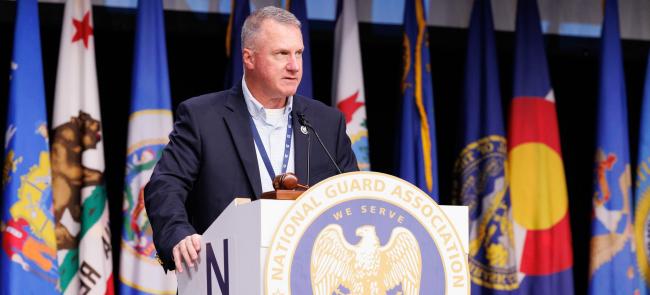
The growth in the defense spending may soon end.
Last week, President Donald Trump directed Pentagon officials to develop a fiscal 2020 defense budget request with a topline of $700 billion, which is $16 billion less than Congress appropriated for the fiscal year that began Oct. 1.
His initial plan for the fiscal 2020 defense topline was $733 billion. But that was before the U.S. Treasury put the nation’s fiscal 2018 budget deficit at $779 billion, its highest level in six years. The red ink could reach $1 trillion in fiscal 2019.
Alarmed by deficit, the president asked every major cabinet agency other than the Defense Department to trim its budget by five percent in fiscal 2020.
But even the DoD’s 2.3 percent cut from fiscal 2019 hampers the effort to retool to execute a new National Defense Strategy that prioritizes staying ahead of the Russians and the Chinese.
The Army has plans for more troops and several new weapon systems. The Navy wants more ships. The Air Force says it needs 74 more operational squadrons, which requires more airmen and aircraft.
And in order to modernize, the Pentagon has said it needs a budget increase of two to five percent.
Defense officials say they haven’t discarded plans for a $733 billion budget request.
“We are building two budgets concurrently,” Deputy Secretary of Defense Patrick Shanahan told the Military Reporters & Editors Conference on Friday in Washington, D.C.
The two budgets—a long-planned $733 billion topline and another for $700 billion—will provide Defense Secretary James N. Mattis with options, Shanahan said, and then “we will go back to the president and give him a $700 billion budget.”
What they cut could then be given to Congress as an unfunded requirement that lawmakers would be able to add back.
But the president’s budget is just a request. Congress has the ultimate say on spending, and it’s the real wildcard here.
The actual budgets for fiscal 2018 and 2019 were a product of a two-year bipartisan budget agreement that pushed to right the mandatory spending caps of the Budget Control Act of 2011, better known as sequestration.
The caps are set to return for the fiscal 2020 budget. The spending cap for base defense spending is $576 billion, which is $71 billion less than fiscal 2019. The Overseas Contingency Account ($69 billion in fiscal 2019) is exempt from the caps.
The president’s current budget plans presume Congress will either end sequestration or again provide some relief. Neither party likes the law, but it remains in place.
And at this point, it’s not which party will control the House and Senate.
If Congress takes neither action, the defense budget topline would likely be well below $700 billion.












